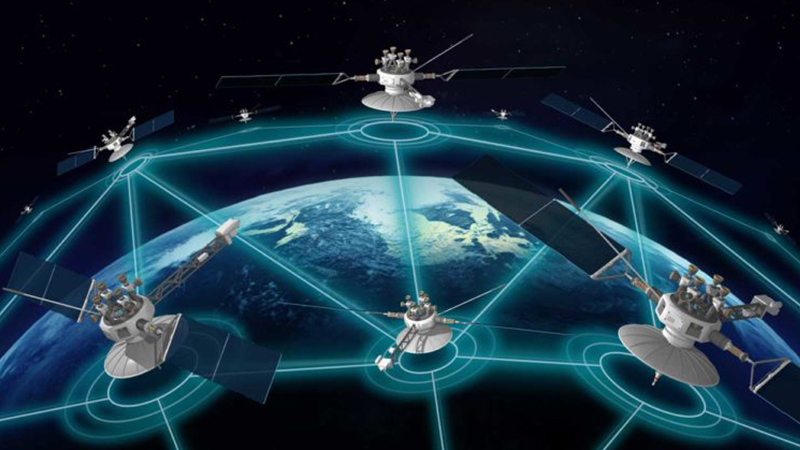

In the race for improved cyber security and universal connectivity, the expansion of low-earth orbit (LEO) satellites could finally bridge the digital divide.
Some 2.9 billion people still do not have access to the internet. That’s more than one third of the world’s population.
Most of these people are poor and live in isolated areas that are hard to reach.
The pressure is on to catch up. Amazon has announced its intentions to launch 3,000 satellites next year.
Meanwhile, Space X's Starlink already have 2,000 in orbit and have applied for licenses to fly over 40,000.
Its bail-out of the failing OneWeb in 2020, has played to the UK government’s advantage post-Brexit.
OneWeb currently has 350 satellites in orbit and with further investment from the UK government and recent partnering with Telespazio France, it plans to double that number.

The EU is also joining the space internet race where technology giants are already spending billions on LEO satellite technology.
From 2022 to 2027, it intends to invest 2.4 billion Euros from its budget, with the rest coming from member states and industries.
Broadband connection needs a vast network of underground cables.
Overcoming connectivity gaps requires a strong digital infrastructure that can reach everyone, everywhere.
Satellites may be the only alternative. LEO technology can provide high-speed internet in areas where traditional ground infrastructure cannot reach.
The quest to deploy LEO satellite constellations is fiercely competitive. But it requires multi-stakeholder collaboration to deliver inclusive connectivity.
No government or corporation can cross the digital gap on its own.
Location is not the only barrier to universal access to the internet. The poorest people in the world’s developing countries cannot afford it.
Satellite connectivity is expensive however, if the goal is to truly connect the unconnected, the LEO-based internet must be made affordable.
Once the systems are ready for launch, the cost of services must be a crucial component in the worldwide roll-out strategy.
Get the price right and equal access for all is within reach.
